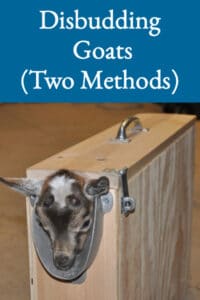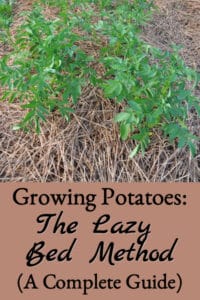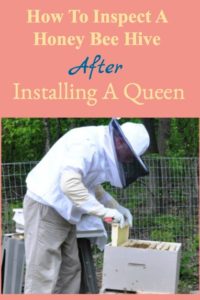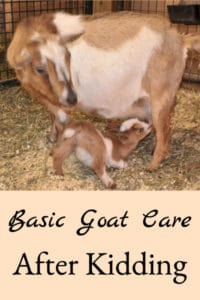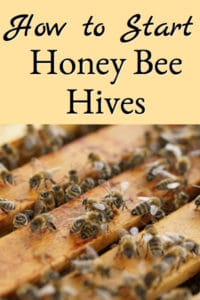My original post on disbudding dairy goats detailed the methods and tools we used for removing horns from our goat kids when we first started with Nigerian Dwarf goats. This original method utilizes a disbudding box (there are plans for a disbudding box HERE) and an electric disbudding iron. We later learned better methods (in our opinion) and tools for disbudding our goats that I wrote a separate post on. In this method, we wrap the kids in a towel to control them and use a gas disbudding ... continue reading...
Making Goat Milk Butter (with a KitchenAid mixer)
I've read that you need a cream separator (see one HERE) and butter churn for making goat milk butter, but we've come up with a method that doesn't require either of those pieces of equipment. Instead, we manually separate the cream from the goat milk and use a KitchenAid mixer to churn the butter. It takes a few days, but the cream in the goat milk does separate and rise to the top of the jars we use for storing the milk; so we just spoon the cream off and add it to a freezer container of ... continue reading...
New Chicken Coop Paint Protection
New chicken coop paint protection is one of the first things anyone considering a new wooden chicken coop this spring should consider. It can make a tremendous difference in how well the coop performs through the years. Why Consider Chicken Coop Paint Protection? By painting the interior wood surfaces of a coop before adding chickens, you help protect the wood, make it harder for chicken parasites to hide out, and make the coop easier to clean. It's much easier to accomplish this before ... continue reading...
10 Recipes For Spring Veggies
These 10 recipes for fast-growing spring veggies are so rewarding because they taste awesome made from vegetables you can harvest fresh from your garden in less than 70 days (see 10 Vegetables To Grow In 10 Weeks for how to grow them). Prepared simply with quality ingredients, nothing can compete with their just-picked, home-grown goodness. Use these classic recipes to turn these veggies into the finest comfort food for your table. The 10 Recipes For Spring Veggies Veggie #1 Arugula & ... continue reading...
Growing Lazy Bed Potatoes (A Complete Guide)
Potatoes may not be the first vegetable we think of growing in the garden because grown traditionally, they require a large chunk of real estate and lots of time. But, by using the “lazy bed" method of growing potatoes, surprisingly large crops of potatoes can be grown in small spaces with very little time and effort. That’s exciting, particularly for folks with small gardens. Even with limited space, time, and energy, there’s still a method for producing spectacular tasting spuds! All About ... continue reading...
Inspect A Honeybee Hive After Installing A Queen
After installing a new queen, it's important to do a honeybee hive inspection to ensure she's been released into the hive and that the other honeybees have accepted her. Only then will you know if your hive is off to a good start and it will survive. The Honeybee Hive Inspection Step 1 - Get the Smoker Going & Put On Protective Gear Before inspecting the hive(s), the first thing to do is get the hive smoker going. It's really important to make sure the smoker is working well - you ... continue reading...
Basic Goat Care After Kidding
We've been fortunate that our Nigerian Dwarf does have kidded with very few difficulties and are good mothers too. I’m always amazed at the way they care for their kids. As newborns, the does wake them every few hours and encourage them to nurse. As they grow older and they want to nurse all the time, the does regulate how often the kids' nurse but still encourage the weaker ones to nurse frequently. Even if they don't need help and kid without difficulties (and most goats do) there is some ... continue reading...
How to Start Honey Bee Hives (or How To Hive Package Honey Bees)
Spring is when new and old beekeepers alike start honey bee hives because that's when new bee "packages" normally arrive (see HERE for more on planning for honey bees). These honey bee packages need to be installed in hives (called hiving honey bees) quickly so that the honey bees survive and the queens start laying brood to support the new hives. The bees typically arrive in late April or early May in our area, and once they arrive, they need to be picked up and hived within a couple of days ... continue reading...
- « Previous Page
- 1
- …
- 3
- 4
- 5
- 6
- 7
- …
- 34
- Next Page »
